What Is the Kubernetes Gateway API?
The Kubernetes Gateway API is a modern, extensible API standard designed to replace and improve upon the limitations of the traditional Ingress API. It introduces a consistent, vendor-neutral way to configure and manage how traffic is routed within Kubernetes clusters. Unlike Ingress, which has limited functionality, the Gateway API enables advanced routing, traffic policies, and role-based configuration—all built natively into Kubernetes.
The Gateway API defines a network topology using several key resource types:
- GatewayClass – A cluster-wide configuration template for Gateways.
- Gateway – Specifies how traffic enters the cluster and connects to internal services.
- Routes – Define how incoming requests are mapped to backend services (e.g., HTTPRoute, TCPRoute, GRPCRoute, TLSRoute).
These abstractions enable expressive and scalable routing, making the Gateway API ideal for complex microservices applications.

Key Features of the Kubernetes Gateway API
To support today’s multi-team and multi-tenant environments, the Kubernetes Gateway API introduces key functionality not available in legacy Ingress solutions:
- Cross-namespace routing: Enables shared Gateways across multiple teams with granular control.
- Layer 4 and Layer 7 routing support: Handle advanced networking scenarios, including TCP/UDP and HTTP routing.
- Traffic splitting and weighting: Allow A/B testing, canary deployments, and gradual rollouts.
- Role-oriented API design: Enables infrastructure teams, cluster operators, and developers to collaborate using scoped configurations.
These capabilities make the Gateway API suitable for large-scale, multi-tenant Kubernetes environments that require observability, security, and scalability.
Why Organizations Choose the Kubernetes Gateway API
The Kubernetes Gateway API offers significant advantages over traditional ingress solutions, addressing the evolving needs of modern cloud-native applications. By introducing a more expressive and extensible framework, it empowers teams to manage traffic routing with greater precision and flexibility.
Key benefits include:
- Role-oriented management: The API clearly separates responsibilities among infrastructure providers, cluster operators, and application developers, enabling smoother collaboration and reducing configuration conflicts.
- Advanced traffic control: With support for header-based matching, traffic weighting, and query parameter routing, the Gateway API enables sophisticated routing strategies such as canary deployments, A/B testing, and gradual rollouts.
- Multi-protocol support: Beyond HTTP and HTTPS, the Gateway API accommodates TCP, UDP, and gRPC traffic, making it suitable for diverse workloads within Kubernetes clusters.
- Cross-namespace and multi-tenant capabilities: Shared gateways can serve multiple teams or tenants securely, with fine-grained control over which routes attach to which gateways, improving resource utilization and operational efficiency.
- Extensibility and portability: Designed as a vendor-neutral standard, the Gateway API supports a wide range of implementations and allows custom extensions, ensuring adaptability to various environments and future requirements.
- Improved observability and security: By integrating with service mesh technologies and providing clear routing definitions, the Gateway API facilitates enhanced monitoring, policy enforcement, and secure traffic management.
Together, these benefits make the Kubernetes Gateway API a powerful tool for organizations seeking scalable, maintainable, and secure network traffic management in complex Kubernetes environments.
Current State of Ingress in Kubernetes
After deploying a Kubernetes application, exposing it to end users typically involves using an Ingress Controller. The Ingress resource defines routing rules and maps external traffic to Kubernetes services, providing essential features such as load balancing, SSL termination, and name-based virtual hosting. However, the native Ingress API has significant limitations in scope and flexibility.
While the basic ingress controls were sufficient initially, the growing complexity of managing network traffic in modern Kubernetes environments has driven the need for more advanced capabilities. Many commercial controllers, like the NGINX Ingress Controller and HAProxy, implement the Kubernetes Ingress interface but differentiate themselves by offering enhanced features such as advanced load balancing and custom annotations.
Despite these improvements, the Ingress API lacks standardized support for many advanced routing rules, header-based matching, and traffic weighting. This led to the development of the Kubernetes Gateway API, a more expressive and extensible set of gateway API resources designed to overcome these limitations.
The Gateway API introduces a role-oriented model that separates responsibilities among infrastructure providers, cluster operators, and application developers. It defines gateway resources such as GatewayClass, Gateway, and Routes, enabling fine-grained control over managing traffic and service networking. With support for multiple protocols, improved routing configurations, and integration capabilities with service mesh architectures, the Gateway API offers a modern, scalable alternative to the traditional ingress gateway API.
By adopting the Gateway API, organizations gain greater flexibility in managing gateways and routing resources, leveraging a consistent, vendor-neutral specification that supports advanced features like traffic weighting, header-based matching, and multi-instance gateway deployments. This evolution simplifies network traffic management in Kubernetes clusters and paves the way for more robust, secure, and scalable service discovery and load balancing.
Learn more about the Kubernetes Gateway API and how it enhances traffic flow and request routing in Kubernetes clusters in the official documentation.
Read more about API gateways in a cloud native world
Why the Kubernetes Gateway API Matters
The Gateway API is more than a replacement for Ingress—it represents a foundational shift in Kubernetes service networking. It standardizes gateway resources like GatewayClass, Gateway, and Routes, enabling consistent configuration of traffic routing and load balancing across multiple gateways and instances.
Key advantages include:
- Standardized vendor implementation: Ensures uniform capabilities across different gateway controllers and default implementations, including popular options like Envoy Gateway and Kong Ingress Controller.
- Improved flexibility: Supports advanced features such as header-based matching, traffic weighting, and query parameter routing to direct HTTP and HTTPS requests to the appropriate service.
- Scalable design: Enables role-oriented workflows with infrastructure providers, platform administrators, and developers managing shared infrastructure and multiple tenants effectively.
- Enhanced control: Allows fine-grained management of gateway metadata and routing rules within the same namespace or across namespaces, supporting secure external access and integration with cloud load balancers.
As Kubernetes adoption grows, using the Gateway API and its custom resources simplifies managing traffic flow, improving reliability and scalability in complex environments.
Kubernetes Gateway API Use Cases
Organizations using the Kubernetes Gateway API typically fall into one or more of the following scenarios:
- Multi-team environments where developers need isolated route definitions while sharing common gateways.
- Service mesh integrations, where unified routing is required alongside mTLS, observability, and traffic shaping.
- Hybrid and multi-cloud architectures that demand consistent API gateway behavior across environments.
- API-first strategies, enabling granular control over how internal and external services are exposed and consumed.
By standardizing these workflows, the Gateway API makes it easier to build resilient and secure traffic management policies at scale.
Solo.io and the Kubernetes Gateway API
Solo.io is deeply engaged with the Gateway API working group and integrates its evolving capabilities across our product suite. With Gloo Gateway, organizations can operationalize the Gateway API while benefiting from advanced features such as:
- Integrated observability and traffic policies
- Role-based control across teams
- Compatibility with existing Kubernetes-native workflows
We’re committed to helping platform teams adopt Gateway API standards and future-proof their Kubernetes networking strategy.
Choosing the Right Kubernetes API Gateway
When evaluating Kubernetes API gateway solutions, consider these key criteria:
- Vendor neutrality: Avoid lock-in and ensure portability across cloud environments.
- Security: Enterprise-grade identity, access, and encryption controls.
- Performance: Efficient routing and policy management at scale.
- Ecosystem integration: Works seamlessly with service mesh, CI/CD, and monitoring tools.
Gloo Gateway meets all these requirements and delivers a modern, scalable, and developer-friendly gateway experience built for Kubernetes.
Learn how Solo Gloo Gateway meets all these requirements.
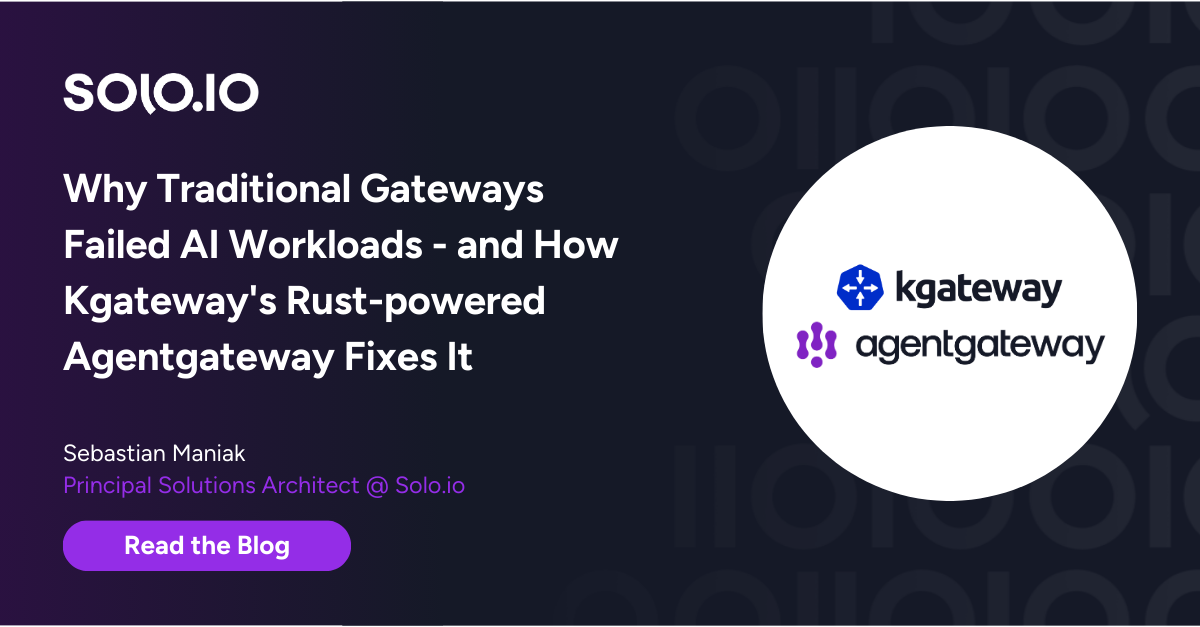


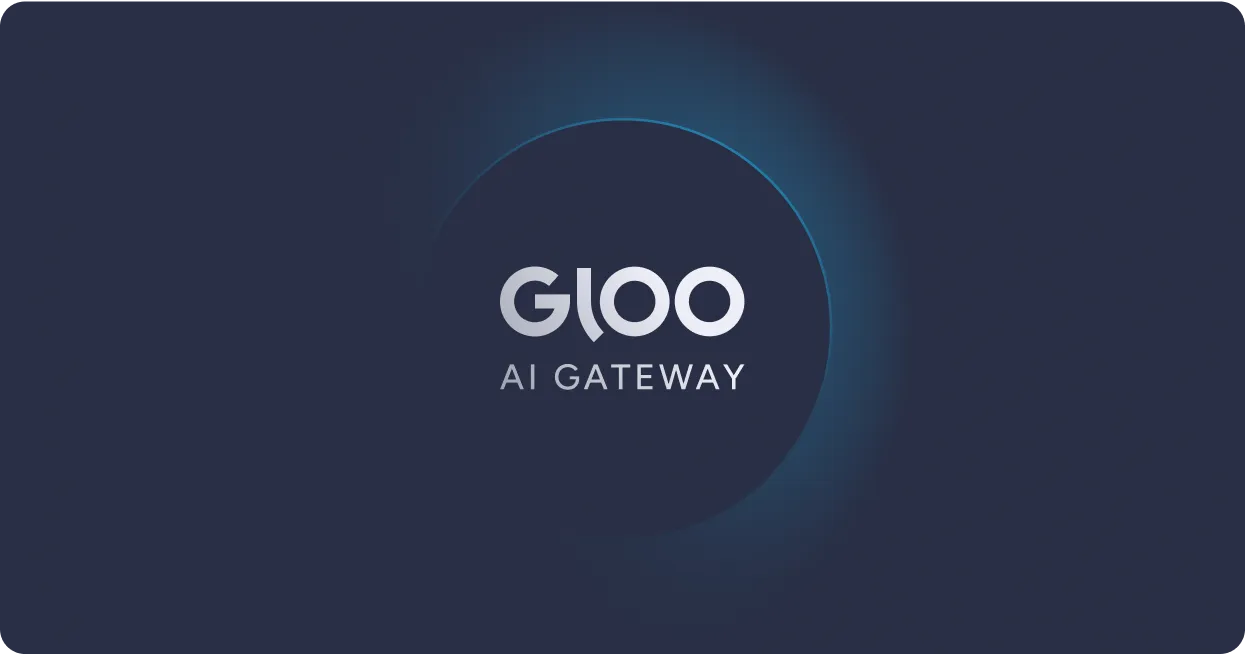




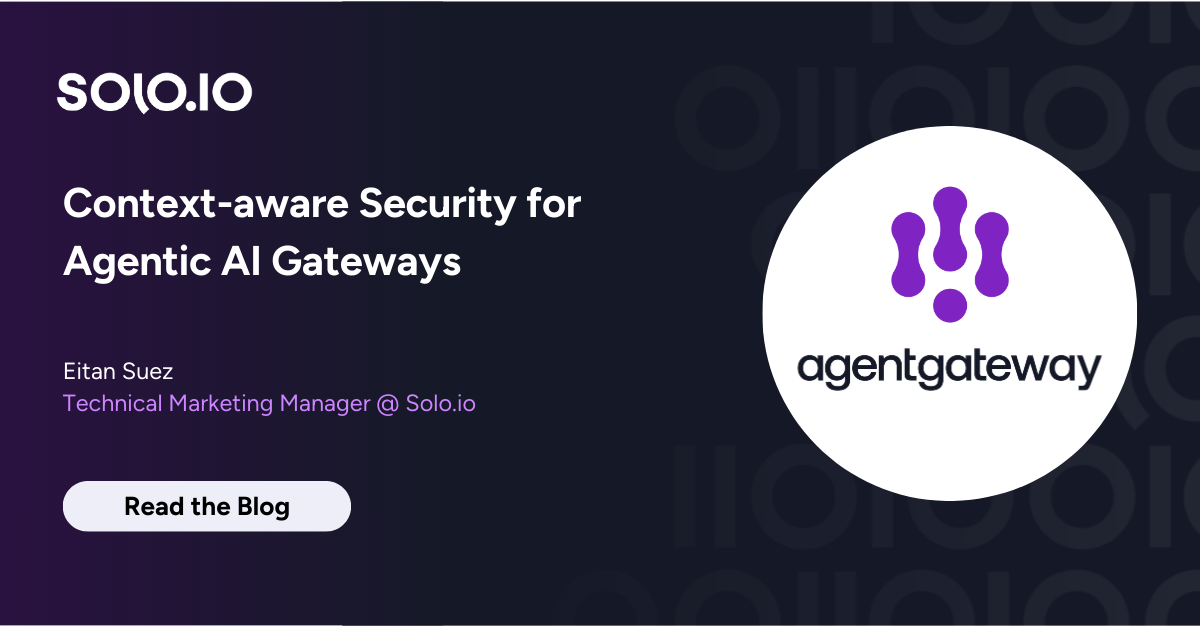
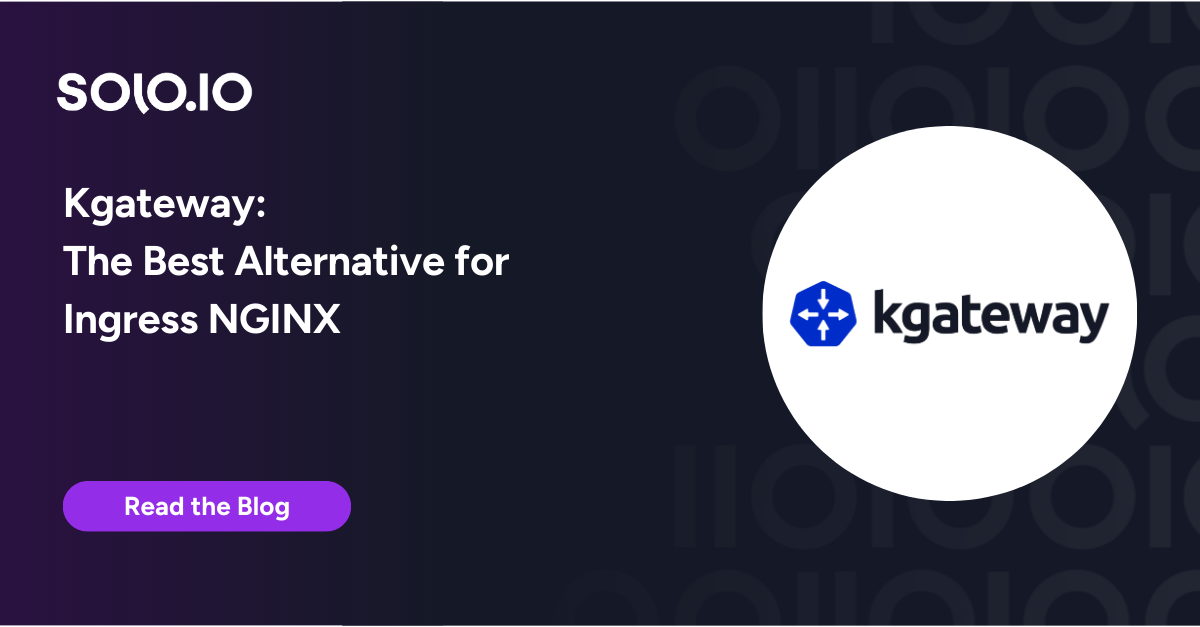


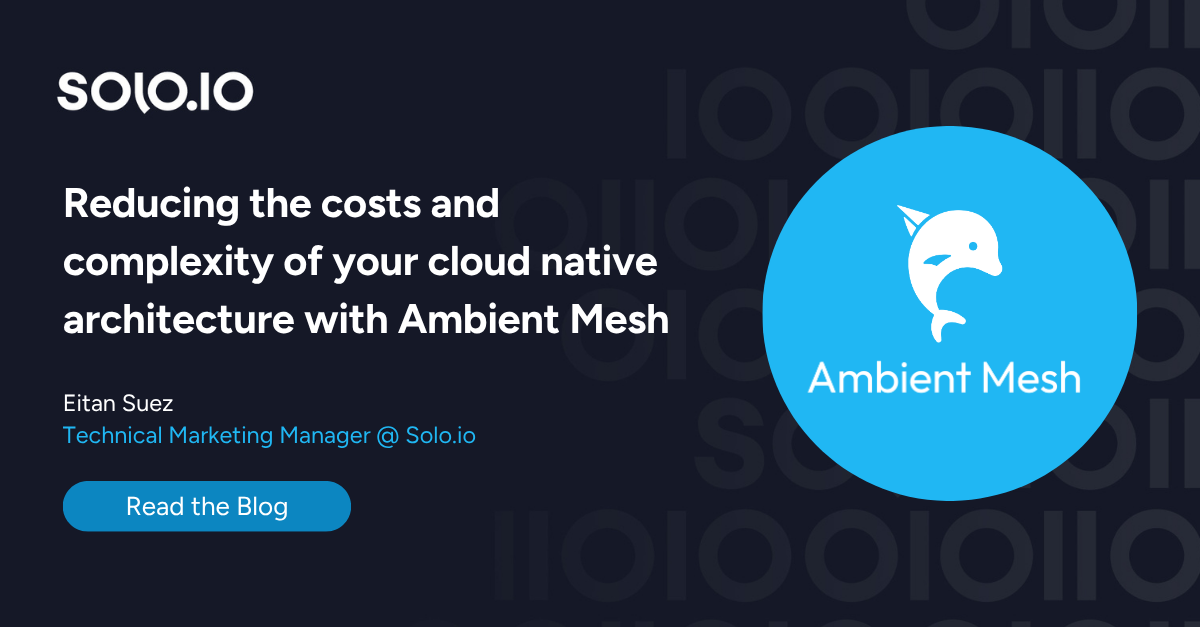
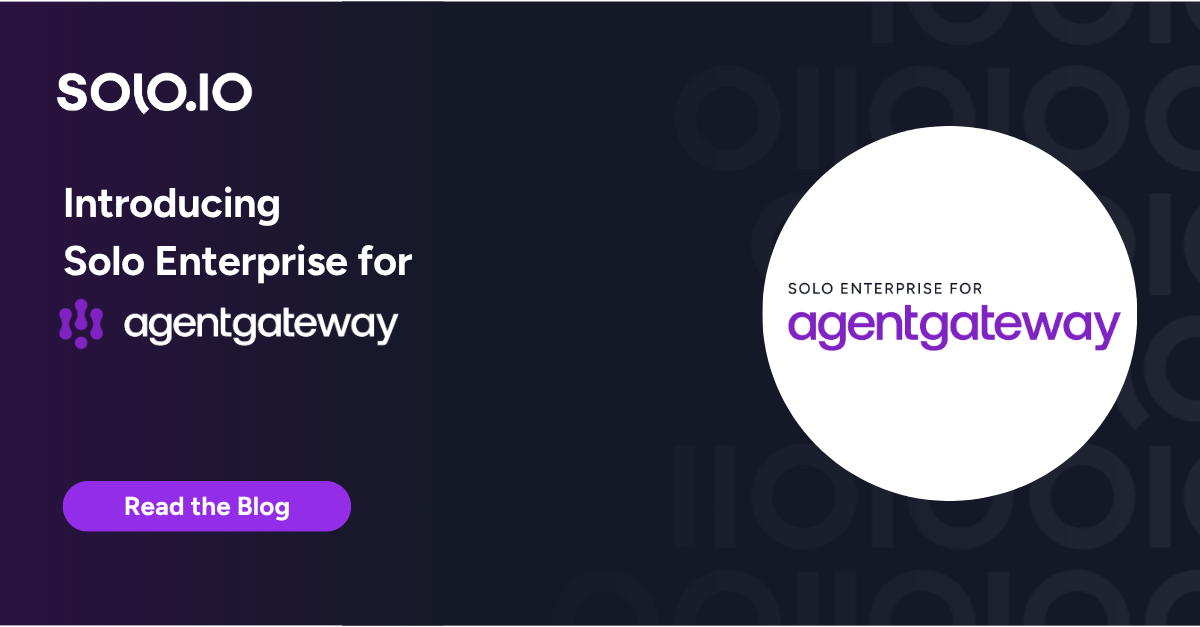
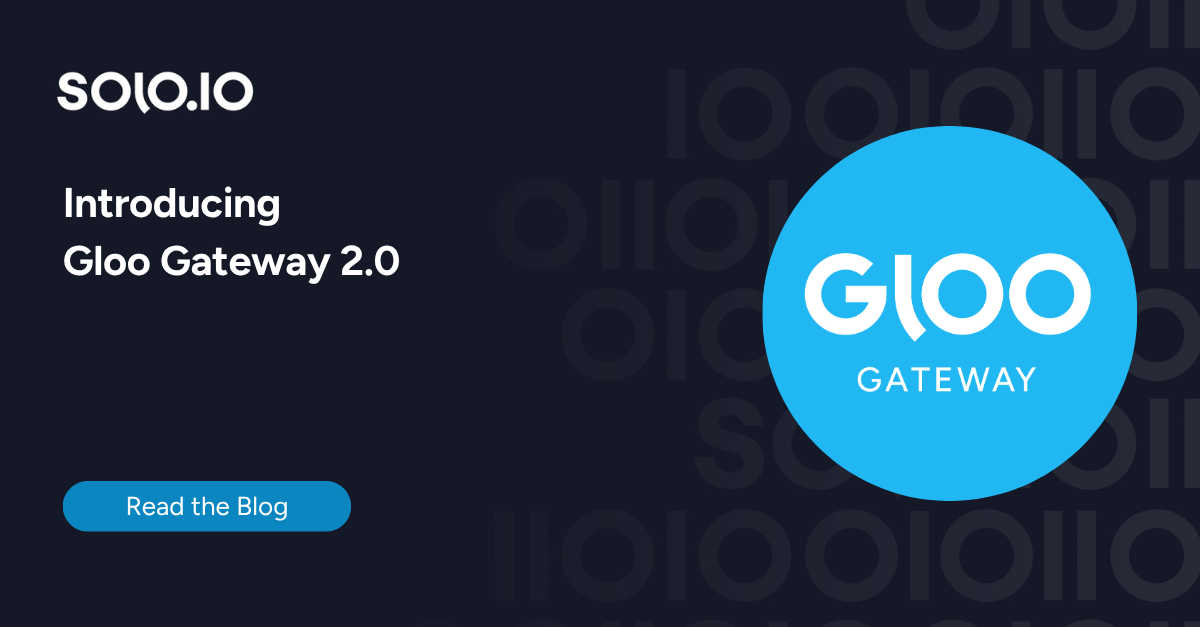
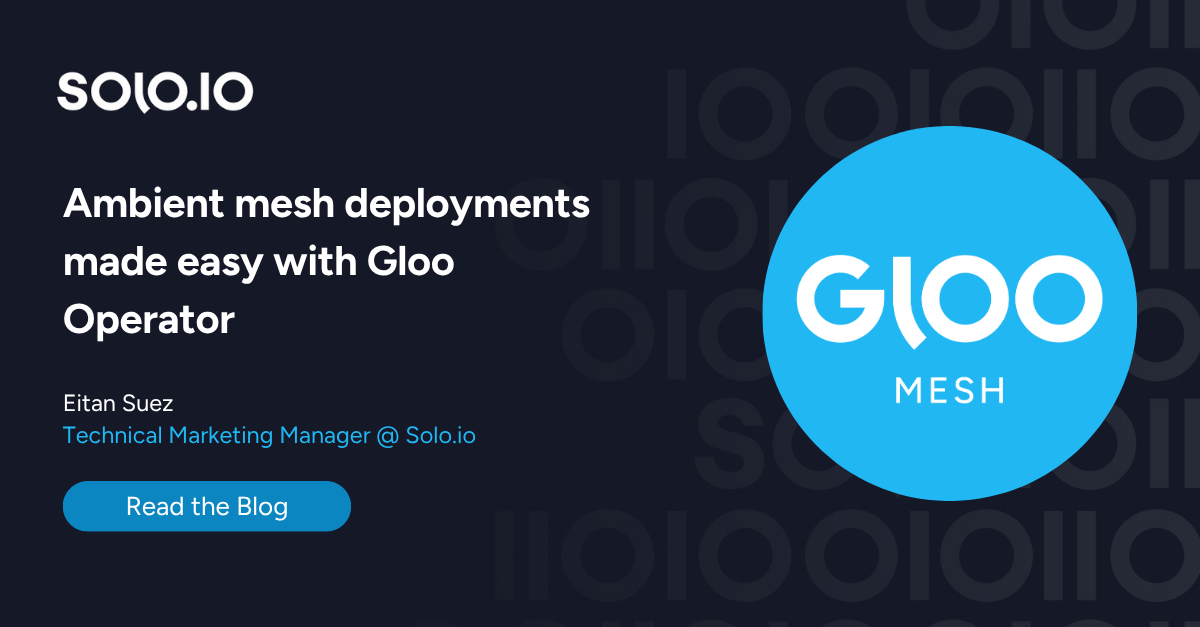
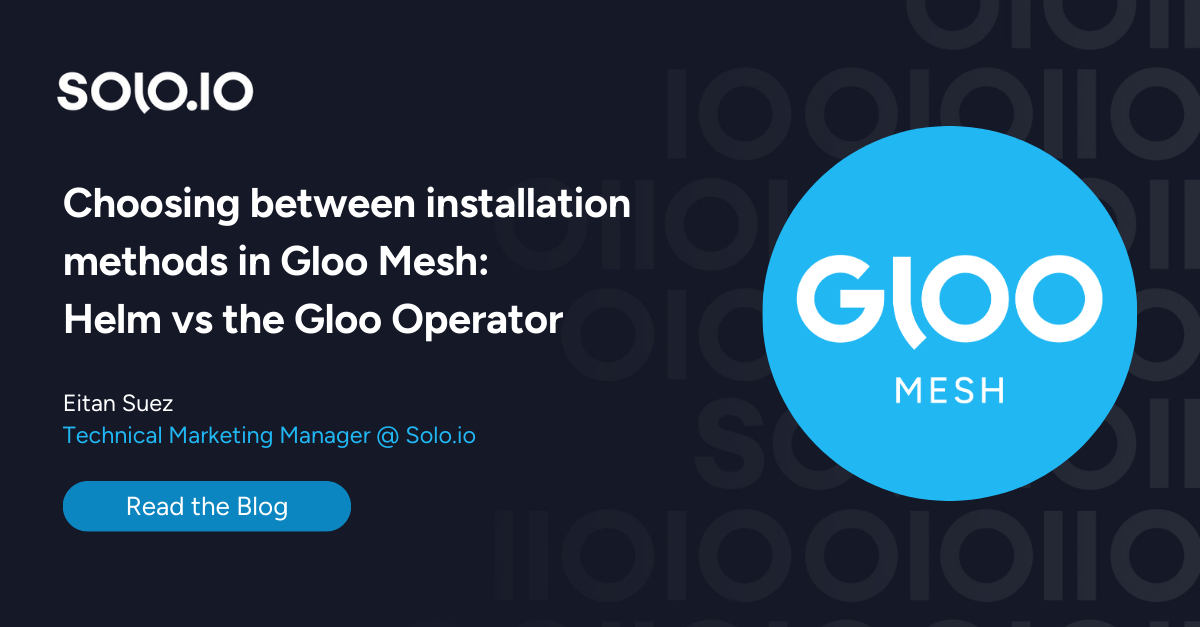


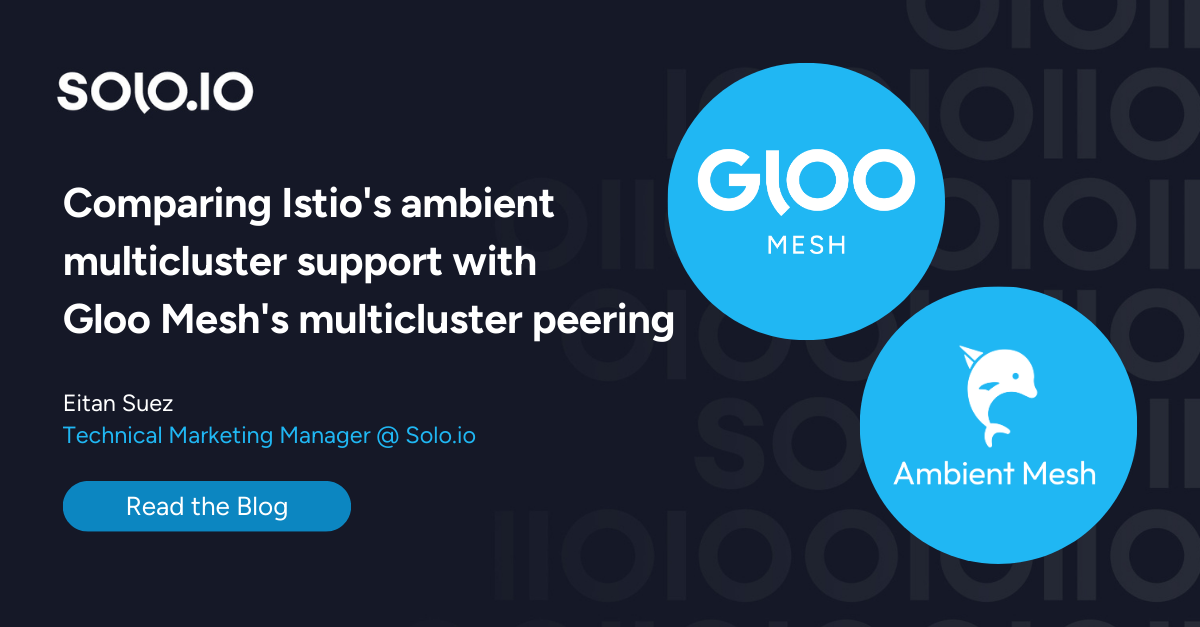


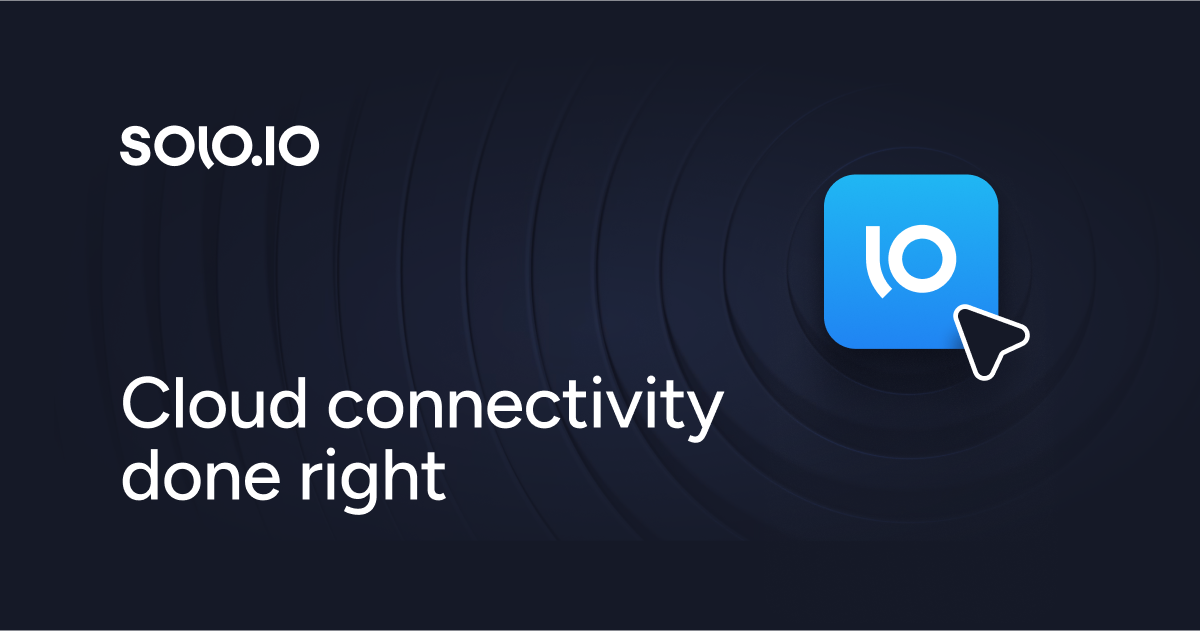
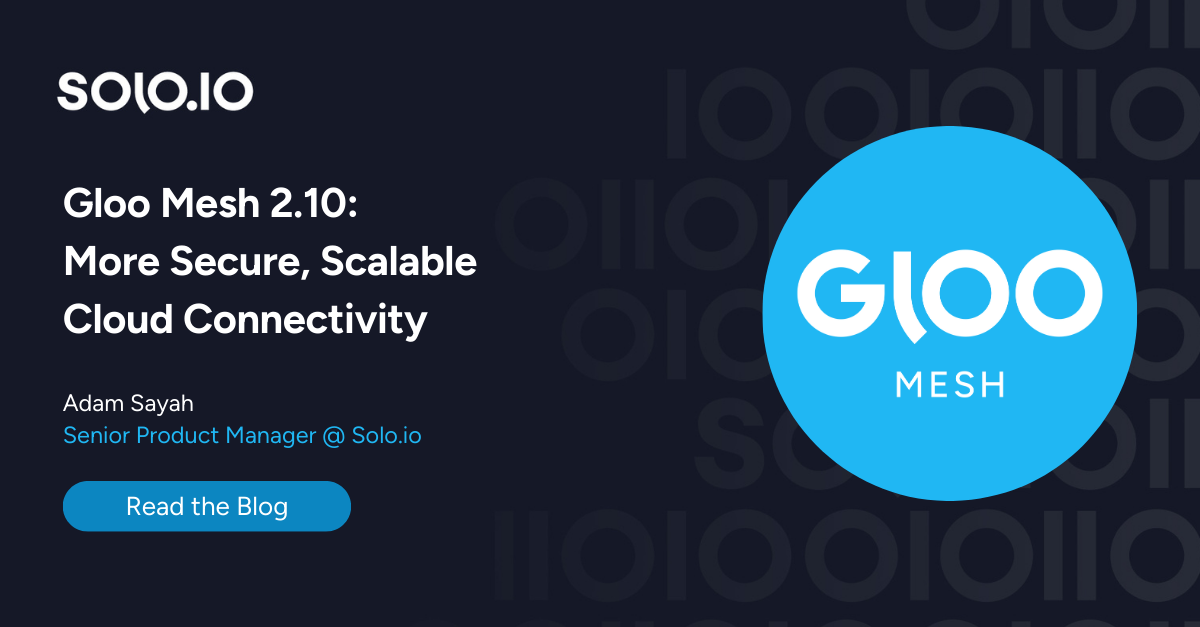
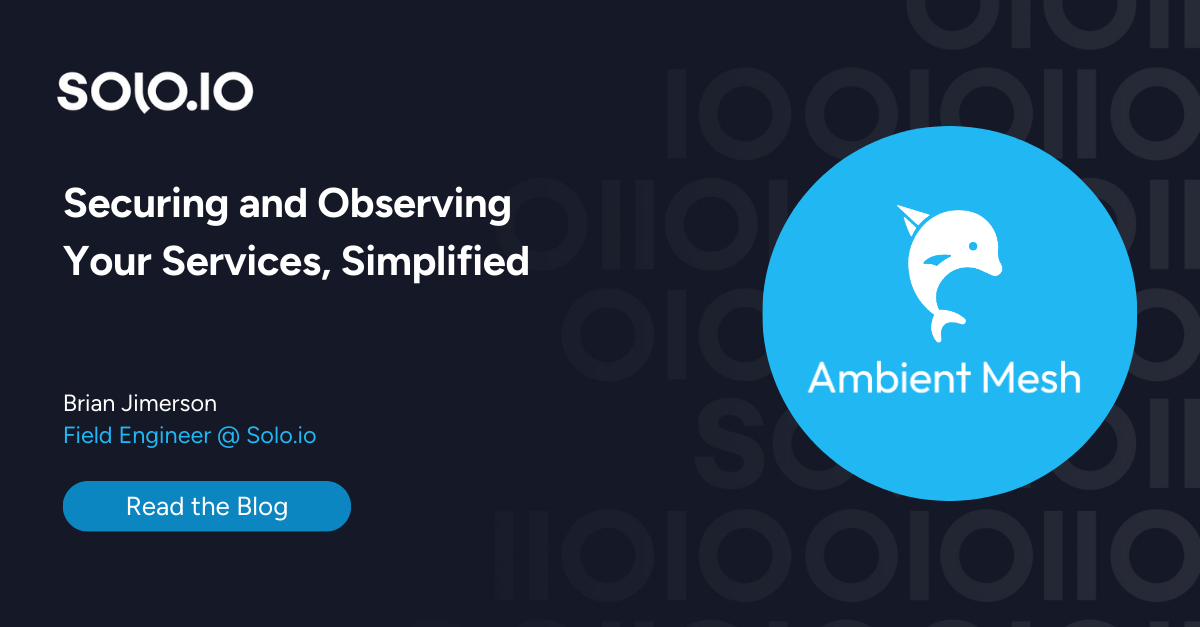
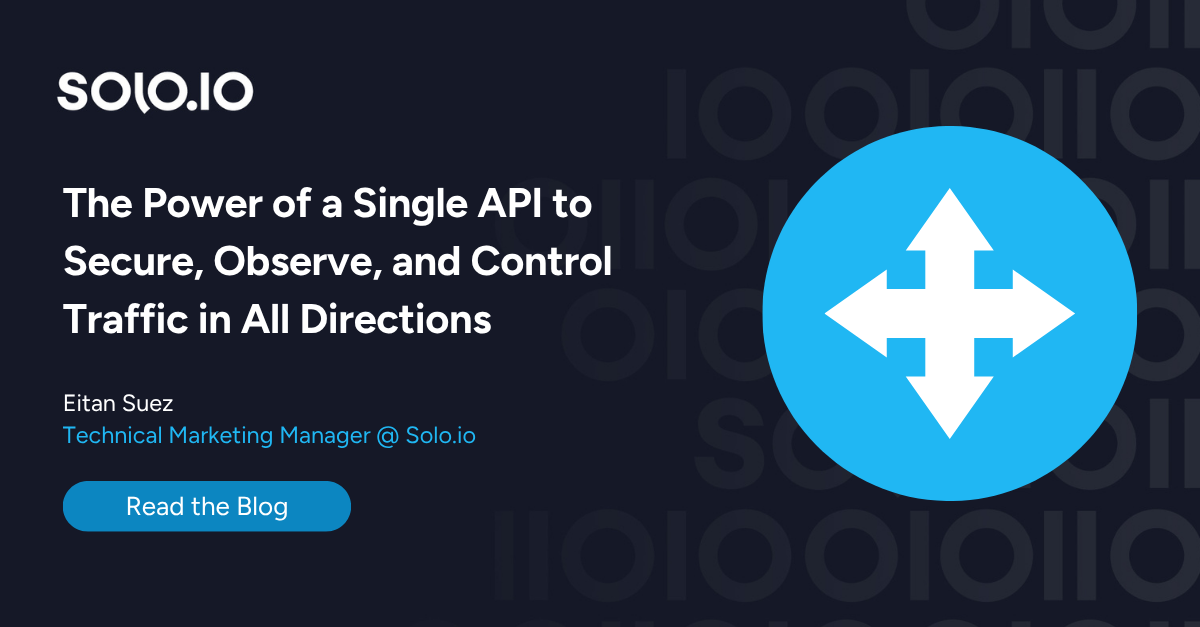
%20a%20Bad%20Idea.png)

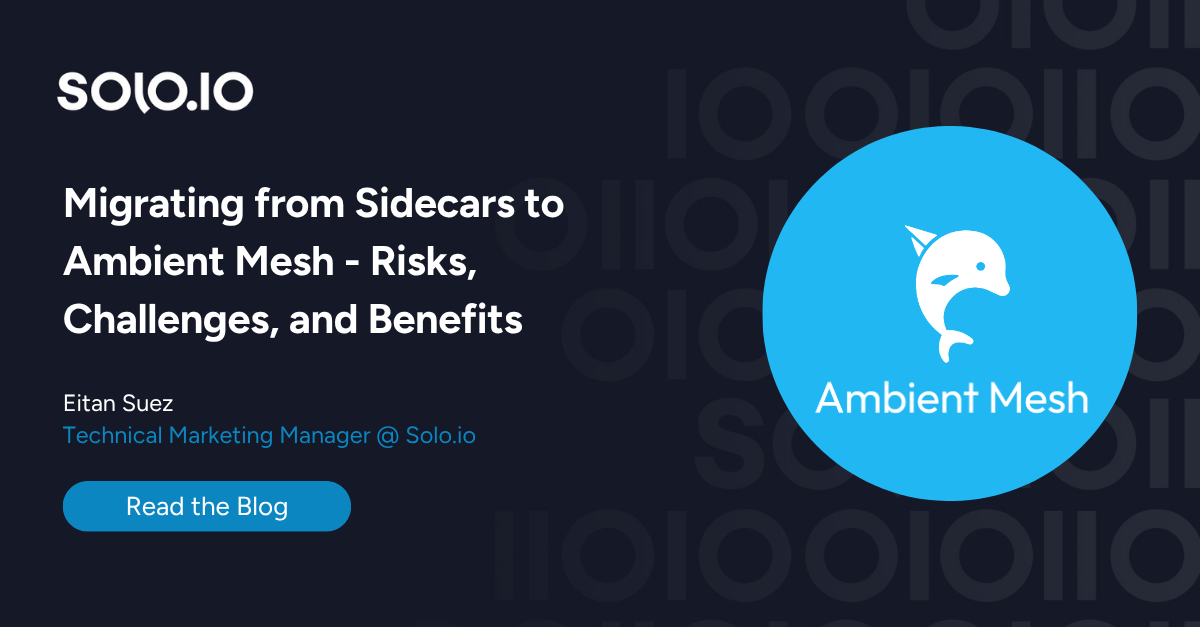









%20For%20More%20Dependable%20Humans.png)











